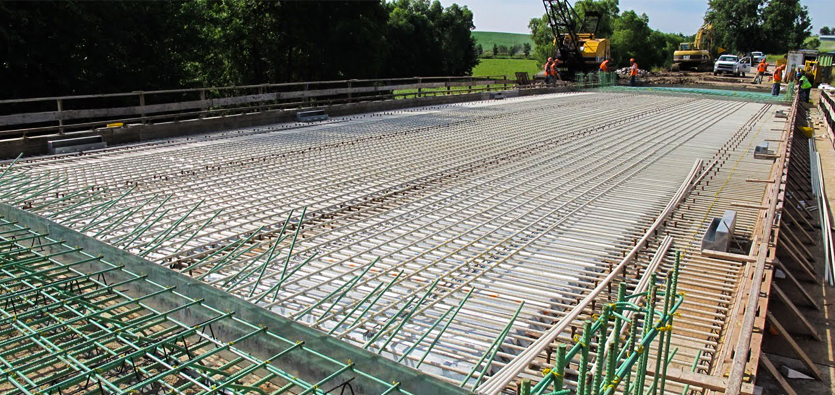Advanced Composites for Sturdy and Lightweight Building And Construction
Advanced Composites for Sturdy and Lightweight Building And Construction
Blog Article
From Waste to Marvel: Just How Recycled Composites Are Changing Numerous Applications
As sectors worldwide are significantly prioritizing sustainability and ecological duty, the utilization of recycled composites has actually become a transformative option throughout different sectors. From boosting the efficiency of automotive parts to offering lasting choices in building products, the applications of recycled composites are appealing and large. By repurposing waste materials into cutting-edge composite structures, makers are not just reducing their environmental footprint yet likewise unlocking a world of possibilities for creating durable, effective, and eco-friendly products. The implications of this change in the direction of reused composites are extensive, advertising a new era of lasting methods and technological advancements that are reshaping markets in unforeseen methods (composites).
The Rise of Recycled Composites
The increasing adoption of recycled compounds in numerous industries mirrors a growing acknowledgment of their financial and ecological advantages. Recycled compounds, originated from materials such as reclaimed carbon fiber or recycled plastics, use a sustainable alternative to typical materials without endangering on performance. Industries varying from vehicle and building and construction to aerospace and durable goods are significantly transforming to recycled composites to satisfy their production requirements.
One key driver behind the surge of recycled composites is the press in the direction of sustainability and eco-friendliness. Firms are under increasing pressure to reduce their carbon impact and decrease waste generation. Recycled compounds offer a solution by utilizing products that would certainly or else wind up in landfills, thereby promoting a round economy.
In addition, the economic advantages of making use of recycled compounds can not be overlooked. These products are typically much more affordable than their virgin equivalents, offering companies a way to decrease production expenses without giving up top quality. As innovations in reusing technologies remain to boost, the fostering of recycled composites is expected to more rise across varied sectors.
Benefits in Automotive Market

Lasting Solutions in Construction
Incorporating lasting techniques in construction projects is crucial for lessening ecological influence and advertising long-lasting stability in the constructed environment. With the building and construction industry being among the largest factors to carbon discharges and waste generation globally, the adoption of lasting services is critical in minimizing these adverse results. Recycled composites are playing a substantial role in transforming construction methods by using a more eco-friendly option to traditional structure products.
Recycled compounds, originated from materials such as reclaimed plastic, wood, and rubber, offer a lasting option for various building applications. These materials not just aid in lowering waste but likewise offer stamina, convenience, and durability equivalent to standard building and construction products. By incorporating recycled compounds into structure layouts, building and construction tasks can add to resource conservation and power effectiveness while preserving high performance criteria.
Furthermore, click for more info making use of recycled compounds in building aligns with the growing need for environment-friendly buildings and sustainable facilities. As environmental policies come to be more stringent and the concentrate on sustainability escalates, the building industry is progressively transforming to recycled composites as a practical option for creating eco-conscious structures and frameworks.
Eco-Friendly Innovations in Product Packaging
Biodegradable products such as mushroom product packaging, seaweed-based films, and compostable plastics offer promising solutions to the plastic air pollution situation. These innovative products not only decompose normally, minimizing environmental effect, yet likewise provide comparable functionality and resilience to traditional product packaging options.
Additionally, the integration of recycled products right into product packaging production procedures better boosts sustainability initiatives. By integrating post-consumer recycled material, business can minimize the find out here now need for virgin products, conserve all-natural sources, and advertise a round economy in the packaging industry.
Transforming Textiles With Recycled Composites
In the world of sustainable materials, the focus currently changes towards changing textiles with the cutting-edge use recycled compounds. This advancement in fabric manufacturing is driven by the pushing need for more green practices in the fashion and textile markets. Recycled composites use an appealing option by combining materials like plastics, carbon fiber, and glass fiber to produce long lasting and versatile fabrics.
One of the essential advantages of making use of recycled composites in textiles is the ability to repurpose waste products that would certainly otherwise wind up in landfills. By integrating recycled elements into fabrics, manufacturers can decrease their environmental impact and add to a more round economic situation - composites. In addition, fabrics made from recycled compounds usually display boosted efficiency, toughness, and sturdiness features, making them perfect for a large array of applications
As customer need for lasting items remains to rise, the adoption of recycled compounds in fabrics is poised to expand considerably. This shift towards more eco-friendly textile manufacturing not only profits the world yet additionally opens new opportunities for innovation and creative thinking in the style and fabric markets.
Verdict

From enhancing the efficiency of auto parts to providing lasting alternatives in building and construction products, the applications of recycled compounds are vast and appealing. Recycled compounds, acquired from materials such as redeemed carbon fiber or recycled plastics, offer a lasting option to standard products without compromising on performance. Furthermore, the usage of recycled composites promotes the circular economy by drawing away waste from land fills and lowering the need for virgin raw materials - composites.Recycled composites, acquired from materials such as redeemed timber, rubber, and plastic, provide a sustainable option for numerous building applications.In the realm of sustainable products, the focus currently moves in the direction of transforming fabrics with the innovative use of recycled composites
Report this page